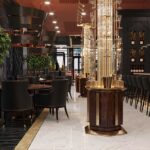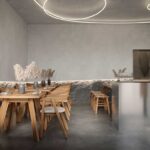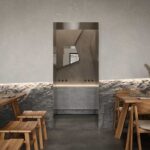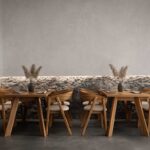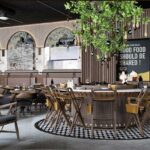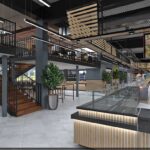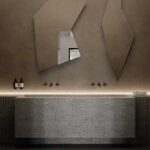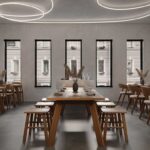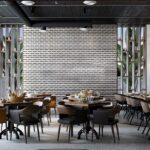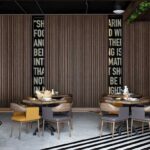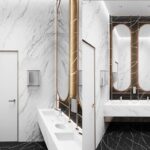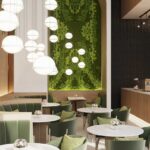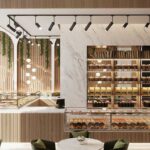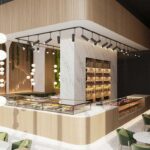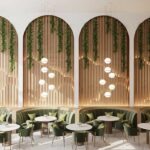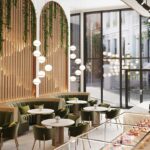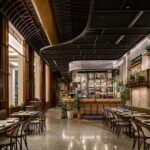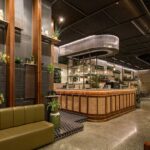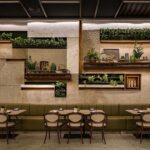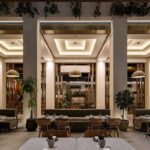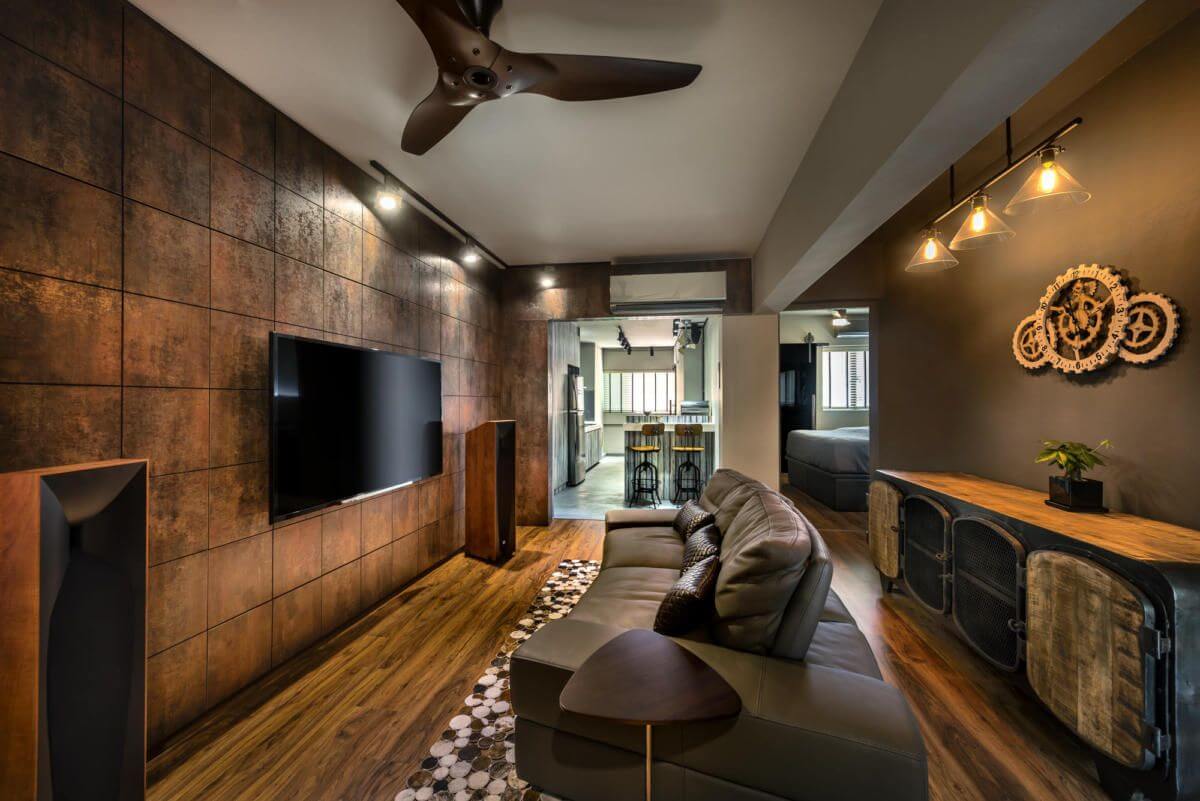Restaurant Design
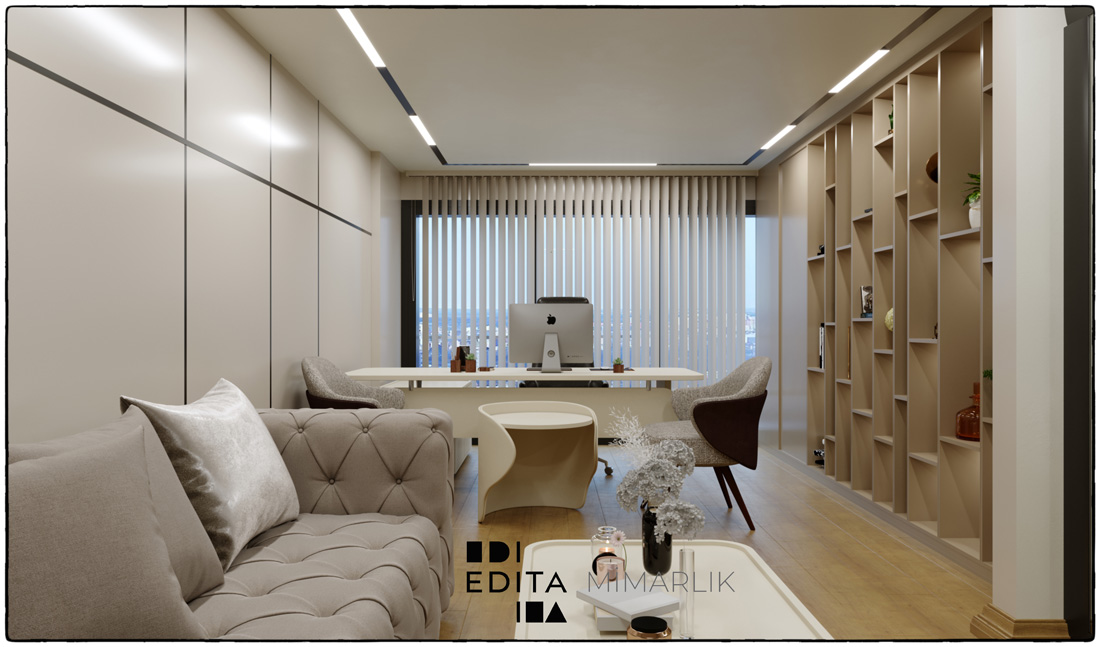
Increase the Value of Your Restaurant with Professional Design
Restaurants, where delicious dinners are eaten and glasses are raised to the accompaniment of light music, are among the important parts of social life. Restaurant design is as important as restaurant menu or music in order to ensure customer satisfaction and and to gain new customers. Restaurants that will enter the market are trying to differentiate in design in order to compete with existing brands. However, restaurant design today is done in a very different way than in the past.
The restaurant design, which has turned into a business area that requires complete expertise, creates the working areas of interior architects. Architects provide services such as following the restaurant design trends in the world, developing design ideas according to location and budget, and implementing the ideas developed.
You can contact us when you want to open a new restaurant or if you want to give your existing restaurant a new face. Our experienced architects working within our company reinterpret the newest designs in the sector, taking into account your expectations, and offer the most suitable design ideas for your restaurant. With the architectural service you will receive from our company, you can strengthen your brand and become one of the leading brands in the sector.
Restaurant Design Tips
Restaurant design requires more precision than any other interior design. It should be taken into account that mistakes made in design will increase design costs and cause loss of time. It is possible to list some of the points to be considered in restaurant design as follows:
- Color: In the restaurant design, color refers to the colors to be used on the walls and the ceiling. The connection between color and human psychology is now known and accepted by everyone. Therefore, it is important to choose colors that will make people feel peaceful, have more fun and make them feel safe in restaurant design.
- Harmony: The harmony of colors, objects, patterns and all other design elements to be used in restaurant design is defined as harmony. In other words, nothing used in the design should not smirk in front of the others. Achieving harmony in design enables individuals to adapt to the restaurant.
- Lighting: The lighting system has a privileged place in restaurant design. Just like colors, lighting also directly affects people’s relationship with space. Extremely dim lights cause gloom in the environment and cause customers to leave the restaurant in a short time. Strong lights, on the other hand, cause eye fatigue. In addition, the products to be used in the lighting system directly affect the electricity costs of the enterprise. In terms of lighting, these issues should be taken into account and a balanced design should be made.
- Objects: Decorative objects to be used in the restaurant are seen as auxiliary elements of the design. The objects to be chosen should adapt to the theme and design of the restaurant. In addition, the use of very rough and glaring objects should be avoided.
- Ventilation: The ventilation system is a great necessity when the kitchen and the living room where the customers are sitting are close to each other. Tasks such as not disturbing the customers by the smells of food coming out of the kitchen and cleaning the air in the environment regularly fall on the ventilation system.
- Capacity: Restaurant capacity also plays an important role in restaurant design. Serving more people in restaurants with small areas is possible thanks to ergonomic design models.
Advantages of Restaurant Design
There are many advantages of professionally designed restaurants. These advantages are also the main reason why architects are given more space in restaurant designs today. Restaurant design, above all, increases customer satisfaction and attracts people who are not customers of the restaurant.
Successfully designed restaurants also provide an image creation. In today’s societies, known as the show society, individuals prefer businesses because of the sense of prestige or feeling valuable by being in that place, even if their taste is not good enough. In other words, restaurant design not only meets the aesthetic expectations of the customers, but also provides them with a psychological satisfaction.
Another feature that makes restaurant design attractive is that it allows individuals to spend more time in the restaurant. Individuals who find peace and feel comfortable in the restaurant they are sitting in try to spend more time there. This means more profit for the restaurant. In addition, customers’ brand loyalty and identification with the restaurant are among the advantages of architectural restaurant design.
